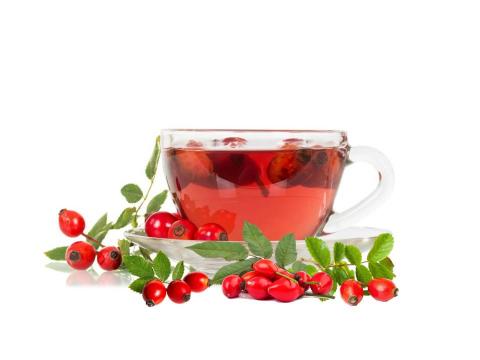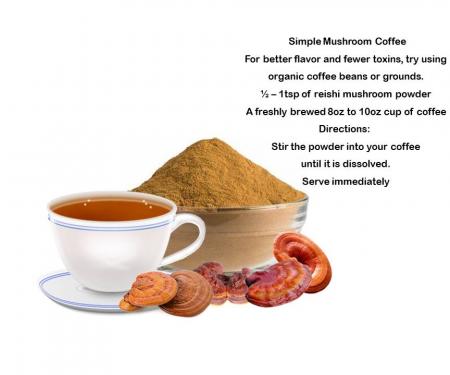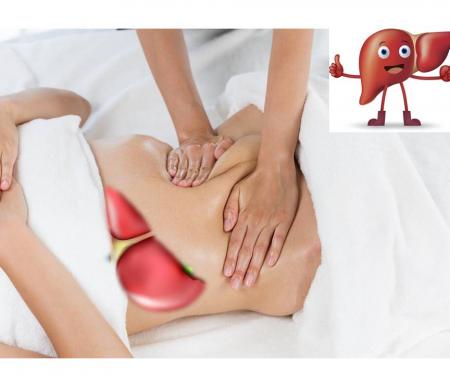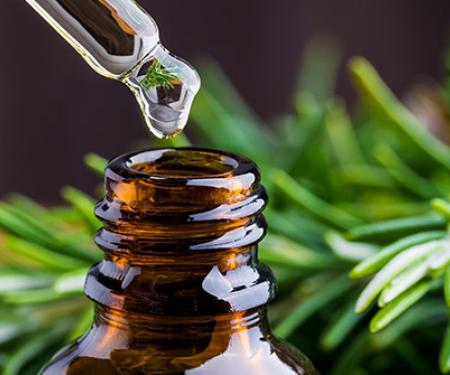June 9, 2022
Rosehip is a very familiar plant for us. This is a storehouse of vitamins and nutrients. But the benefits of rose hips are not very well-known. For example, cleaning the liver with rose hips is an effective and safe way. It is not difficult to carry out this procedure if you study it in details and also its contraindications.
Composition and Beneficial Properties
Rosehip is a shrub with catchy red berries. They look like fruits but only from outside. Real fruit of rose hips are seeds located inside. Usually rose hips berries are used for making a decoction. But leaves, branches, roots are also very useful. They can be dried and used to treat the liver and gallbladder.





